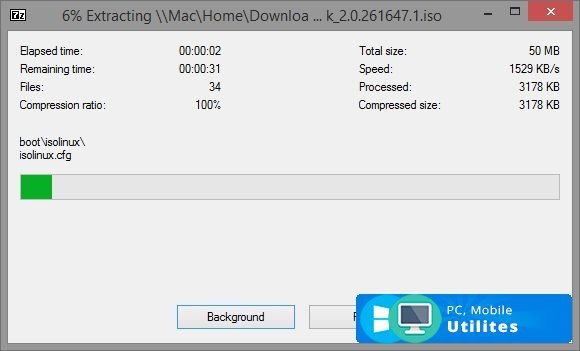

It only remains to configure the computer we want to start to do it from this USB stick. Our USB key is ready to boot Linux (our chosen system) on any PC without having to install anything else.


When it's finished, we can close the program. We just have to wait for the process to end. Now the program will start to do its job, from extracting the contents of the ISO image to copying everything to our USB drive. Then, before starting the process, we will need to check that everything is correct.Īnd, if so, the linux installation process selected on the USB stick begin. In it, we can choose the amount of space we want to configure as "persistent storage". After that we can see that a new section appears at the bottom. And, immediately after, choose the USB key on which we are going to install it. Once we have the ISO, what we need to do is load it into the program. After selecting it, we can see a link to the official distribution site, and a button that will allow us to open the download directly. To do this, we display the list of compatible operating systems and find the one we want to install. The first thing to do is to choose the operating system you want to install on the USB. In the next step we will see the bootable USB creation wizard. The first thing we will see will be the terms of use of the program, which we will need to agree to before continuing. This program does not have an interface as such, but everything is done through a kind of installation wizard, as if we had to install the program on our computer. If we have a partition with persistence, we can save all kinds of data in it so that it won't get deleted when finished. This is because usually when we boot the system from USB, when we turn off the PC, all data is deleted. We can also create a USB stick with Windows, but this will not be installed as such, we will just have a USB installation, just like the one we can create with any other program.įinally, when creating our Live-USB with Linux, we can create a partition with persistence.


 0 kommentar(er)
0 kommentar(er)
